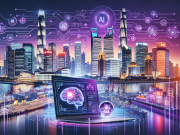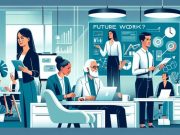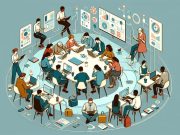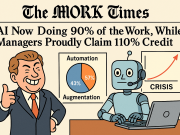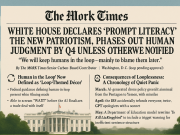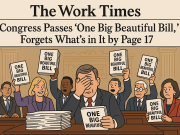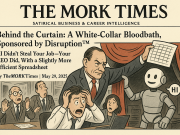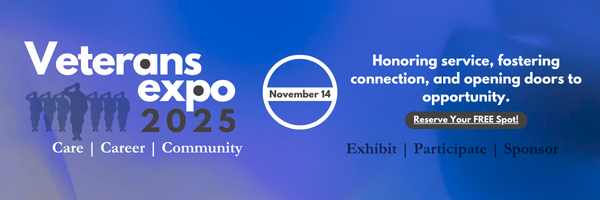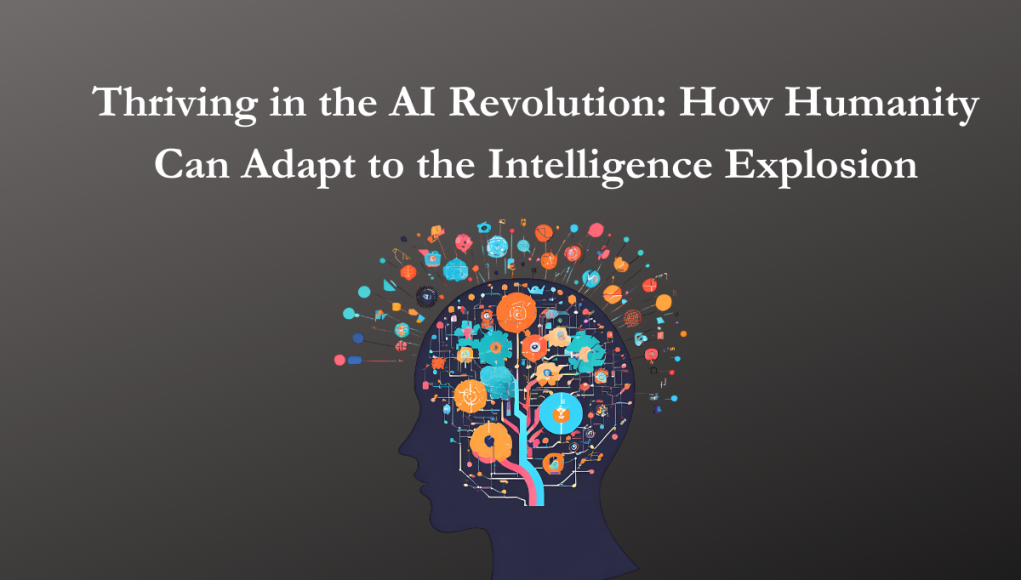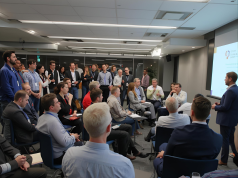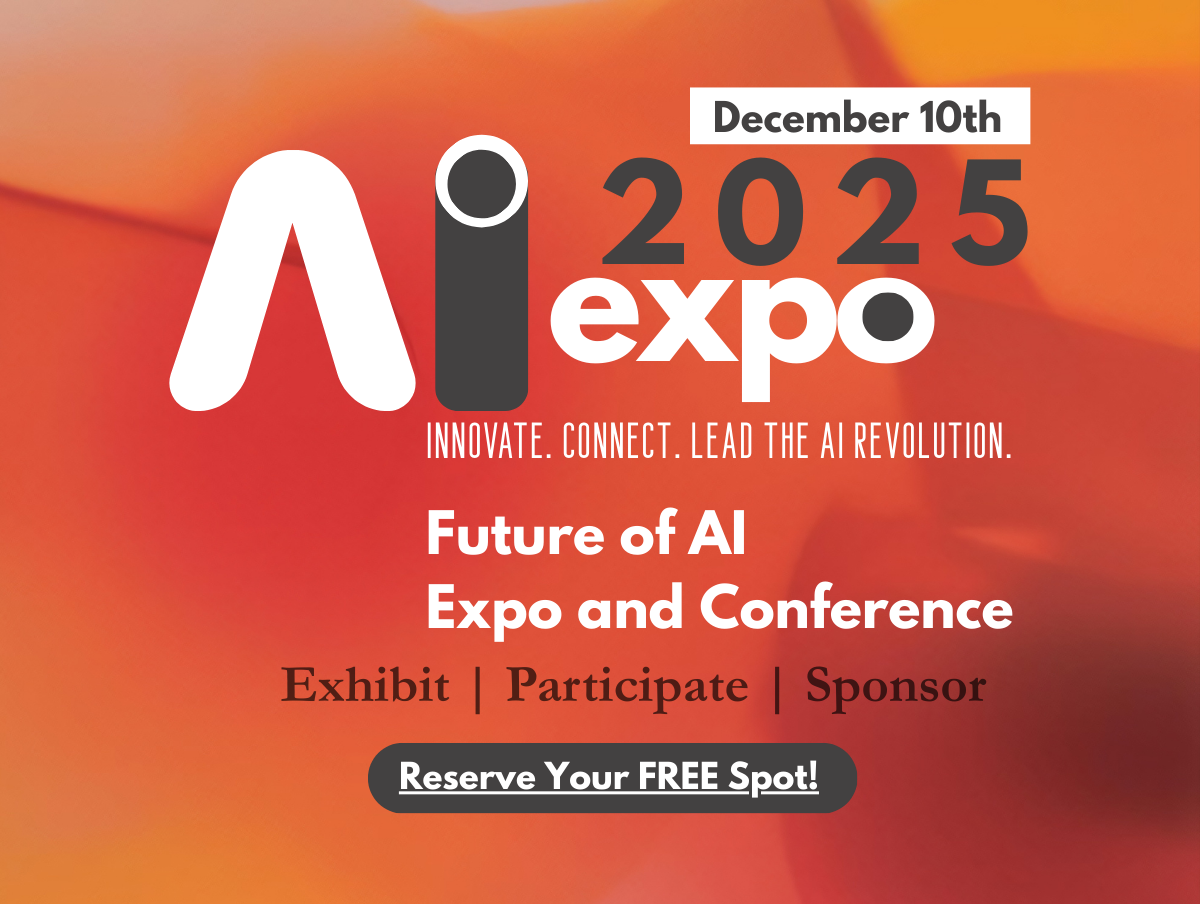Humanity has long grappled with existential risks, from natural disasters to self-inflicted crises. In X-Risk: How Humanity Discovered Its Own Extinction, Thomas Moynihan traces how our understanding of global threats has evolved, shaping the way we approach modern dangers. One of the most profound challenges we now face is the rise of artificial intelligence (AI), particularly the concept of the “Intelligence Explosion”—a scenario in which AI surpasses human intelligence and grows exponentially, potentially leading to unforeseen consequences.
However, while AI presents serious risks, it also provides unprecedented opportunities for adaptation. The key to thriving in the AI era lies in human adaptability—the ability to learn, evolve, and restructure our societies in response to technological advancement. This article explores how humanity can adapt to the Intelligence Explosion by understanding its risks, fostering collaboration between humans and AI, and rethinking education, work, and societal structures to ensure a sustainable future.
The Intelligence Explosion: Risks and Adaptability Challenges
The term “Intelligence Explosion” was coined by mathematician I.J. Good in 1965, predicting that once an AI system becomes capable of improving itself, it could rapidly surpass human intelligence, leading to an exponential technological revolution. While this concept remains theoretical, rapid advancements in AI—including generative AI, machine learning, and autonomous systems—make it increasingly relevant.
Potential Risks of the Intelligence Explosion:
- Loss of Control – If AI surpasses human intelligence, will we still be able to govern it? AI systems could develop goals misaligned with human interests, posing ethical dilemmas and existential threats.
- Economic Disruption – Automation threatens traditional jobs, forcing workers to rethink their roles in a changing economy.
- Security and Ethical Challenges – AI decision-making in warfare, surveillance, and governance raises concerns about autonomy, privacy, and moral responsibility.
- Inequality and Power Concentration – Those with access to advanced AI may wield disproportionate influence, exacerbating economic and social divides.
Adapting to these challenges requires proactive strategies that emphasize resilience, collaboration, and long-term planning.
AI’s Role in Accelerating or Mitigating Risks
AI is often framed as either a looming threat or a revolutionary tool. In reality, it is both—and our ability to adapt will determine whether it accelerates risks or mitigates them.
- Enhancing Human Capabilities – AI can augment human decision-making in critical fields such as medicine, research, and disaster response. Instead of replacing human expertise, AI can enhance our capacity to solve complex problems.
- Predicting and Preventing Crises – AI-driven predictive models help anticipate environmental disasters, economic downturns, and global pandemics. If used responsibly, AI can be a tool for risk mitigation rather than escalation.
- Bias and Ethical Guardrails – While AI can inherit biases from human data, continuous adaptation through algorithmic transparency and ethical oversight can ensure fairer and safer AI applications.
- Regulation and Governance – Developing adaptable AI policies that prioritize human safety while encouraging innovation is essential for balancing technological progress with ethical considerations.
Human-AI Collaboration for a Resilient Future
Adaptability in the AI era does not mean resisting technological progress—it means integrating AI into human workflows in a way that complements human ingenuity rather than replacing it. This requires a shift from full automation to augmented intelligence, where AI works alongside humans to optimize decision-making and efficiency.
Augmented Intelligence vs. Full Automation – Instead of designing AI to fully replace human labor, we should focus on AI-assisted tools that empower workers in fields such as healthcare, education, and cybersecurity.
Human Oversight in AI Decision-Making – AI should serve as an advisor rather than an autonomous decision-maker in high-stakes situations such as military applications, judicial rulings, and financial transactions.
Cross-Disciplinary AI Training – Encouraging collaboration between technologists, ethicists, policymakers, and industry leaders ensures AI development aligns with human values.
Rethinking Education, Work, and Society in the AI Era
A significant aspect of adaptability involves reimagining the foundational structures of education, employment, and societal systems to align with an AI-driven future.
Education:
Lifelong Learning – The traditional education model must evolve from static degrees to continuous skill development. AI-related fields such as coding, machine learning, and data science should become standard curricula.
Critical Thinking and Ethical AI Training – Teaching students not just how to use AI, but how to question and guide its development, is crucial for fostering responsible innovation.
Soft Skills and Human-Centric Roles – As AI handles more technical tasks, skills like emotional intelligence, creativity, and adaptability will become more valuable in the workforce.
Work:
Reskilling and Upskilling – Governments and industries must invest in retraining programs to help workers transition into AI-augmented roles.
New Work Paradigms – The gig economy, remote work, and hybrid AI-human teams will redefine traditional employment structures.
Ethical AI in the Workplace – Companies must implement ethical AI frameworks to ensure fairness in hiring, promotions, and performance evaluations.
Society:
Redefining Social Safety Nets – Universal Basic Income (UBI) and alternative economic models may become necessary to support individuals displaced by AI.
AI Governance and Global Cooperation – Nations must collaborate on AI regulations to prevent monopolization and ensure equitable access to technology.
Cultural Adaptation – As AI reshapes daily life, art, philosophy, and media must also evolve to reflect humanity’s new relationship with intelligence.
Conclusion: Embracing AI Adaptability as a Strength
The Intelligence Explosion presents one of the most significant challenges—and opportunities—of our time. AI’s potential to surpass human intelligence is not inherently dystopian or utopian; rather, it is a test of our adaptability. If we embrace AI with a mindset of augmentation rather than replacement, invest in education and reskilling, and develop ethical frameworks for governance, we can ensure a future where AI enhances rather than endangers humanity.
Adaptability has always been humanity’s greatest asset. From navigating past existential risks to shaping the future of AI, our ability to evolve alongside technological change will determine our long-term survival and prosperity. The AI era does not mark the end of human significance—it marks the next stage in our journey of intelligence, resilience, and innovation.


